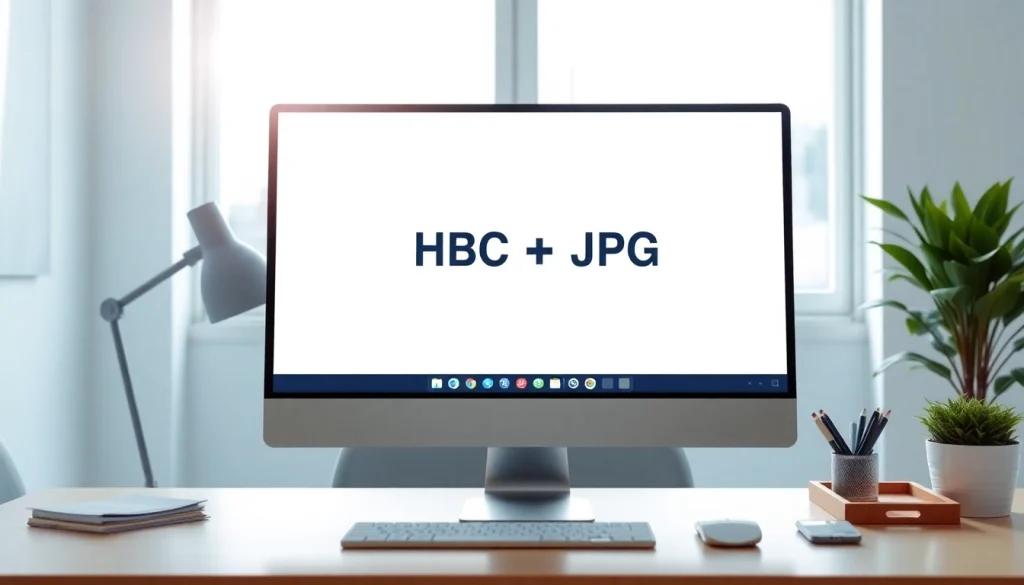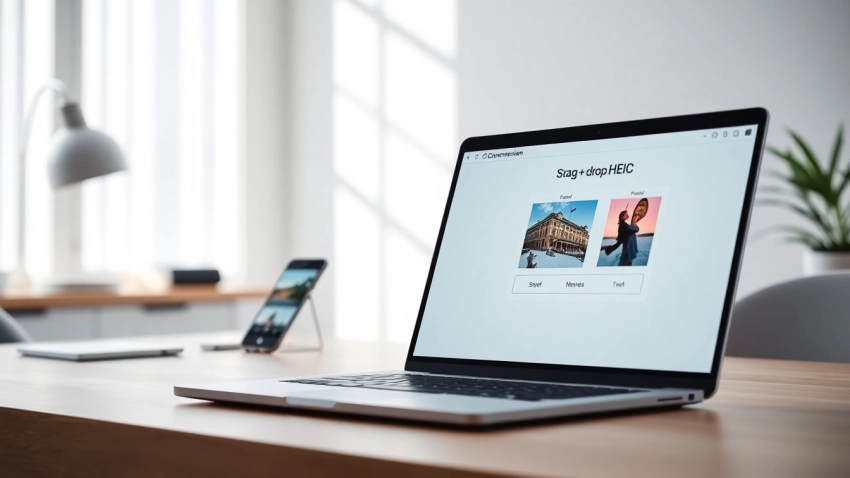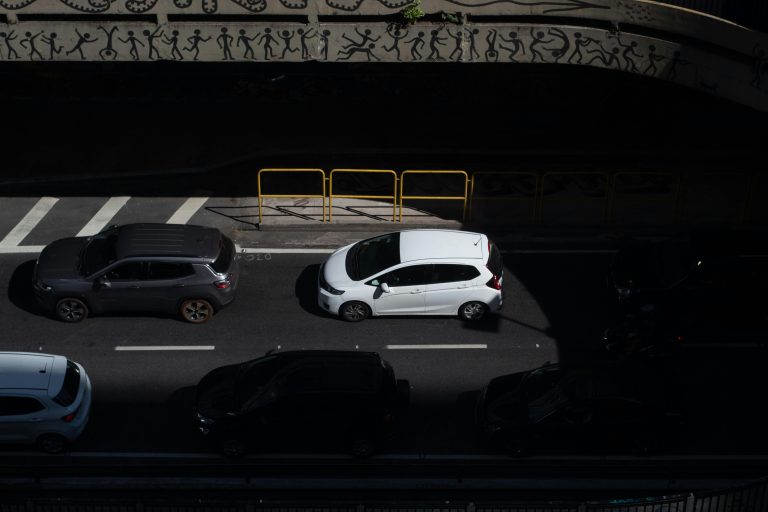Converting HEIC to JPG doesn’t have to be a long, frustrating process. Many people still believe that transforming images from one format to another involves installing complex software, going through endless settings, or losing image quality in the process. The truth is, modern tools make it possible to handle HEIC TO JPG conversions in just a few clicks—quickly, securely, and without the headache. Whether you’re working with personal photos from your iPhone or managing large batches of images for professional purposes, there’s a way to do it without complicated steps.
Why People Choose HEIC to JPG Conversion
The HEIC format was introduced to save storage space while maintaining high image quality. While it’s efficient, it’s not always compatible with every device, operating system, or software. This is where HEIC to JPG conversion becomes essential. The JPG format is universally recognized, works on almost all devices, and is ideal for sharing or uploading to websites.
For example, if you try to upload a HEIC image to a social media platform that doesn’t support it, you’ll face an error. By converting from HEIC to JPG, you instantly make the file readable anywhere. The process is especially valuable for photographers, bloggers, designers, and anyone who regularly deals with digital imagery.
The Problem with Overcomplicated Converters
Some converters require unnecessary technical knowledge or multiple manual settings just to process a single file. These tools might make you install large programs, go through complex menus, or even sign up for an account before letting you perform HEIC to JPG conversions. Such unnecessary barriers waste time and make the task seem harder than it is.
In contrast, the best solutions allow you to simply drag and drop your HEIC files, choose the output format as JPG, and let the system do the rest. By removing technical steps, they ensure anyone—from beginners to tech experts—can complete the task with ease.
The Speed Factor in HEIC to JPG Conversions
When you need quick results, speed matters. Waiting several minutes for a single image to convert can be frustrating, especially if you’re working with dozens or hundreds of pictures. Thankfully, modern tools allow HEIC to JPG conversion to happen in seconds without sacrificing quality.
Batch conversion is particularly useful here. Instead of converting files one by one, you can upload all your HEIC images at once, and the converter processes them in bulk. This saves hours of work and is especially helpful for events like weddings, travel photography projects, or e-commerce product uploads.
Maintaining Image Quality After Conversion
One of the main concerns people have about converting from HEIC to JPG is whether the quality will be preserved. It’s true that JPG is a compressed format, but with the right converter, you can retain nearly the same visual detail as the original HEIC file. Advanced tools ensure that sharpness, colors, and clarity remain intact while making the file size manageable.
If you’re working with images for printing or design work, high-quality output is critical. A good HEIC to JPG converter will give you options to adjust compression settings so you can strike the perfect balance between file size and image fidelity.

Privacy and Security in the Process
When you upload images for HEIC TO JPG conversion, you’re often dealing with personal or sensitive content. For this reason, security is vital. Many modern converters now operate with full privacy protection, meaning your files are processed securely and automatically deleted from the server after conversion.
Using a tool that guarantees privacy means you can convert images without worrying about them being stored, shared, or accessed by unauthorized parties. This is particularly important for professional photographers who handle private events, journalists working with exclusive images, or businesses dealing with internal product photos.
Why Online Conversion is the Easiest Option
While offline desktop converters have their advantages, online tools offer unmatched convenience. You don’t have to install anything, and you can use them from any device with internet access. This means you can perform HEIC to JPG conversions from your laptop at work, your phone while traveling, or even a borrowed computer at a friend’s house.
Many online converters work directly from the browser, eliminating compatibility issues. They also tend to support batch conversion, automatic optimization, and instant downloads—removing every unnecessary step in the process.
Step-by-Step Simplicity
The appeal of modern HEIC to JPG converters is their simplicity. In most cases, you can follow these quick steps:
- Open the converter’s webpage.
- Upload or drag-and-drop your HEIC images.
- Choose JPG as your output format.
- Click convert and download your files instantly.
No extra settings, no complicated menus, and no waiting for email confirmations or software installations. This straightforward process ensures that anyone can convert images without feeling overwhelmed.
Ideal for Professionals and Everyday Users
The benefits of simple HEIC to JPG conversion go beyond convenience. For everyday users, it means being able to share vacation photos instantly without worrying about compatibility. For professionals, it ensures a smooth workflow that doesn’t get slowed down by technical obstacles.
Photographers, marketers, students, teachers, and content creators all rely on quick and easy image format changes. With user-friendly converters, they can focus on their projects instead of wasting time troubleshooting file formats.
Making HEIC to JPG Conversion Part of Your Routine
Once you experience the ease of quick, complication-free HEIC to JPG conversion, it can become a standard part of your digital routine. If you regularly receive or take HEIC photos, converting them to JPG immediately can save time down the road when you need to use them in various applications.
Over time, this habit ensures that all your files are ready to use whenever and wherever you need them—whether that’s for uploading, editing, or archiving. By removing complicated steps, you make image management more efficient and less stressful.





